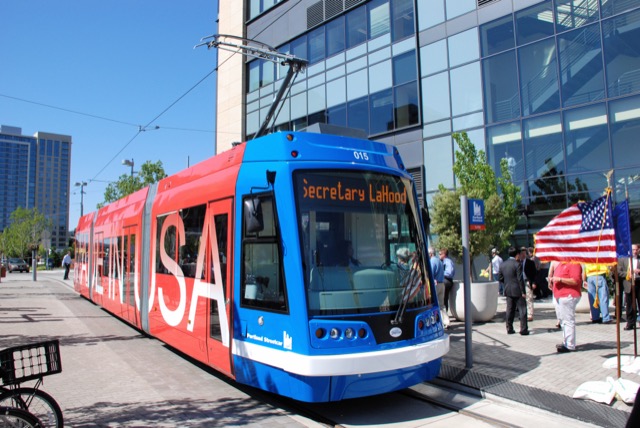Growth management not only makes housing more expensive, it makes housing prices more volatile. So, even though the American economy isn’t exactly booming, growth in some parts of the country is sending housing prices upwards, and housing affordability has become a battlecry in San Francisco, Los Angeles, Seattle, Portland, and many other cities.
Unfortunately, it is usually the battlecry of advocates of the wrong policies. San Francisco’s affordability crisis has led to a blame game, with some blaming high housing costs on anti-development progressives (which is partly true) while other say they are solely due to due to demand, not supply (which is completely wrong). Proposed solutions include increased rent controls and inclusionary zoning, both of which would make housing less affordable in the long run.
In Seattle, someone noticed that developers were tearing down $400,000 bungalows in order to build three $600,000 condos and came to the wrong-headed conclusion that housing could be made more affordable by saving the bungalows. Yes, $400,000 is less than $600,000, but if you don’t increase the supply of houses, overall affordability will decline.









